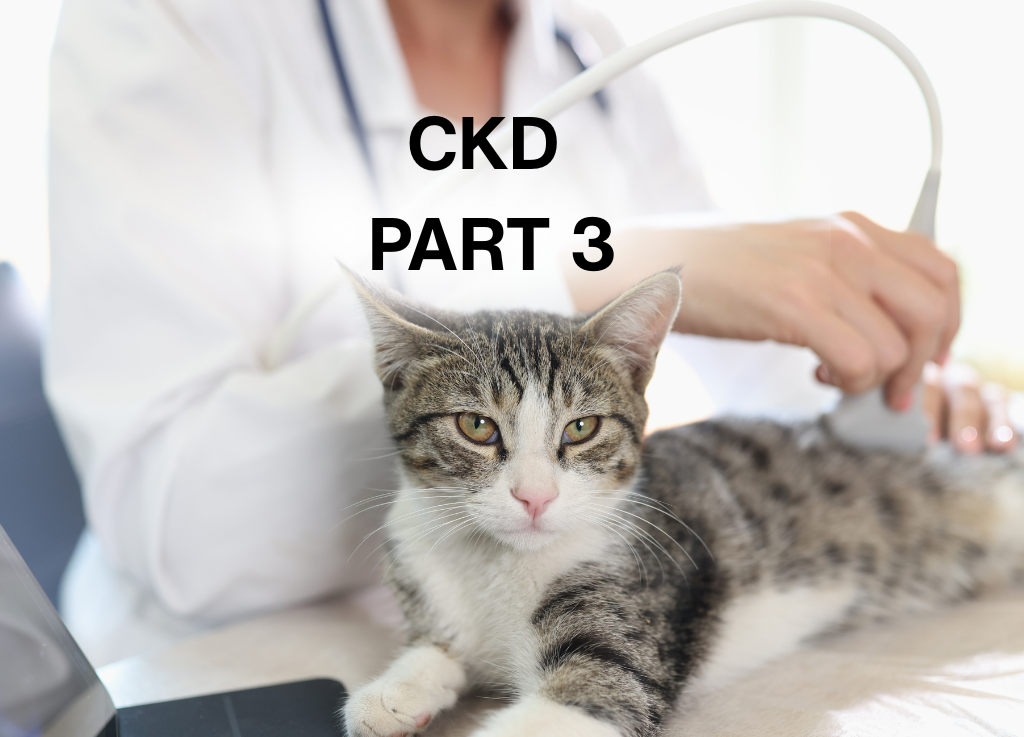Introduction
In this third installment, we explore proteinuria, a critical factor in the progression of feline chronic kidney disease (CKD). Building on the foundation laid in Part I (exploring CKD’s causes and mechanisms) and Part II (covering diagnosis and management strategies), we now focus on why proteinuria matters, how it’s detected, and innovative ways to manage it. We’ll define key terms, discuss diagnostic tools like urinalysis and the UPC ratio, explore why controlling proteinuria and preserving albumin are vital, examine the link between proteinuria and CKD, debunk myths about low-protein diets, and highlight the potential of Revitalize Hydration from Bloom Bioscience as a natural approach to reducing proteinuria.
What is Proteinuria?
Proteinuria occurs when excessive protein, mainly albumin, is found in a cat’s urine, signaling kidney dysfunction or conditions like hypertension. In cats, it’s defined as a urine protein-to-creatinine (UPC) ratio greater than 0.4, consistent across multiple samples [1]. As we discussed in Part I, proteinuria is a hallmark of CKD, reflecting damage to the kidneys’ filtration system, and can occur with or without advanced renal failure.
Microalbuminuria is the presence of low levels of albumin in the urine, detectable only through specialized tests, not standard dipsticks. It’s an early warning sign of kidney damage, often appearing before significant proteinuria. As Part II emphasized, catching microalbuminuria early allows for proactive steps to slow CKD progression [1].
Importance of Urinalysis
Urinalysis is a vital tool in CKD management, as outlined in Part II. It checks for protein, blood, glucose, urine concentration, and pH, helping detect proteinuria and monitor kidney health. Paired with blood tests like BUN and creatinine, urinalysis enables early CKD diagnosis and tracks treatment effectiveness [2]. For instance, identifying microalbuminuria early can prompt interventions before proteinuria worsens.
Understanding the UPC Ratio
The UPC ratio measures proteinuria by comparing protein to creatinine levels in urine, calculated as: UPC = Urine Protein (mg/dL) / Urine Creatinine (mg/dL). A UPC ratio above 0.4 in cats indicates potential kidney damage, a key feature of CKD from Part I [1].
Unlike dipstick tests, which can be skewed by urine concentration, the UPC ratio provides a reliable measure of proteinuria. Elevated ratios often point to glomerular or tubular damage, commonly linked to CKD or hypertension (Part II). Regular UPC monitoring helps veterinarians assess disease progression and adjust treatments, such as ACE inhibitors [2]. Research shows that persistent proteinuria in cats with CKD predicts faster disease progression, making the UPC ratio a critical tool [3].
Importance of Controlling Proteinuria
Proteinuria doesn’t just signal kidney damage—it actively worsens CKD, as discussed in Part I. When proteins leak through damaged glomeruli, they trigger inflammation and scarring in the renal tubules, accelerating kidney decline [4]. Standard veterinary treatments, like ACE inhibitors (e.g., benazepril) or angiotensin receptor blockers (ARBs), reduce glomerular pressure and protein leakage, slowing CKD progression and improving survival, as noted in Part II [5]. A study in Veterinary Record found that benazepril reduced proteinuria and extended survival in cats with CKD [6].
But are these treatments the full answer? While effective, ACE inhibitors and ARBs are the go-to options in veterinary medicine, partly because they’re well-established. However, they may not fully address the underlying cause of proteinuria. According to the electrokinetic model by Moeller and Kuppe (2015), proteinuria results from a weakened glomerular filtration barrier, specifically a reduction in zeta potential—the electrical charge that repels negatively charged proteins like albumin [7]. Bloom Bioscience echoes this, suggesting that a lowered zeta potential allows proteins (and red blood cells in hematuria) to leak through the glomerulus [8]. While standard treatments manage symptoms, they don’t directly target zeta potential, potentially leaving room for more effective solutions, like those explored in the Revitalize Hydration section below.
Importance of Albumin in Feline Health
Albumin is a crucial plasma protein that maintains fluid balance (oncotic pressure), transports nutrients, and supports immune function [9]. In cats with CKD, proteinuria leads to hypoalbuminemia (low albumin levels), causing issues like edema, ascites, and weakened health. Controlling proteinuria, as part of the treatment plan from Part II, helps preserve albumin, ensuring proper fluid balance and overall well-being [9]. Low albumin can also worsen fluid retention, a common issue in advanced CKD.
Proteinuria and CKD: A Vicious Cycle
As Part I explained, CKD involves progressive damage to the kidneys’ glomeruli and tubules. Proteinuria both results from and fuels this damage. Leaked proteins inflame and scar the kidneys, worsening function [4]. Persistent proteinuria is a strong predictor of CKD progression, making early detection (Part II) and management essential [5]. A study in Veterinary Clinics of North America: Small Animal Practice found that higher UPC ratios in cats with CKD correlate with worse outcomes, emphasizing the need to address proteinuria [10].
Dispelling the Myth: Low-Protein Diets for Feline CKD
Part II introduced dietary management for feline CKD, addressing the misconception that low-protein diets are necessary to reduce kidney strain. This belief stems from the erroneous assumption that high dietary protein directly exacerbates proteinuria or overburdens kidneys. However, research indicates that dietary protein itself is not the primary culprit. Instead, high phosphate salts, often used as preservatives in commercial pet foods, contribute to kidney stress and complications like secondary hyperparathyroidism (Part I) [11]. A balanced diet with high-quality protein, non-phosphorus preservatives, as recommended in Part II, supports muscle maintenance and overall health without aggravating CKD, aligning with modern veterinary nutritional strategies [11]. For example, a study in the Journal of Feline Medicine and Surgery found that diets with controlled phosphorus levels improved outcomes in cats with CKD without requiring severe protein restriction [12].
Potential Role of Revitalize Hydration in Managing Proteinuria
Maintaining adequate hydration is crucial for kidney health, as dehydration can exacerbate proteinuria by stressing the kidneys’ filtration system. Dehydration increases concentrations of wastes and minerals in the bloodstream, potentially damaging glomeruli and tubules, allowing protein to leak into the urine [7]. The glomerular filtration barrier has a negative charge that repels negatively charged molecules like albumin and red blood cells. A weaker zeta potential, the electrical charge at the surface of particles or cells, can compromise this barrier, leading to proteinuria and hematuria [8].
Revitalize Hydration, a supplement from Bloom Bioscience, supports fluid-electrolyte balance and hydration with a formula containing potassium, citrate, MSM, bicarbonate, and taurine. These ingredients may help stabilize zeta potential, potentially reducing proteinuria by maintaining the glomerular barrier’s integrity. Taurine, in particular, has shown renal protective effects in studies. For example, a study in the Kobe Journal of Medical Science found that taurine reduced proteinuria in rats with diabetic nephropathy, a condition with mechanisms similar to feline CKD [14]. Another study in Molecular Medicine Reports highlighted taurine’s role in protecting against renal dysfunction, including proteinuria [15].
Additionally, case studies on the Bloom Bioscience website reported that Revitalize Hydration resolved hematuria in cats, suggesting it may address urinary tract issues [16]. Since hematuria and proteinuria share a common mechanism—leakage through the glomerulus due to altered charge dynamics—this supports the hypothesis that Revitalize Hydration could reduce proteinuria by enhancing zeta potential. A case report in Biomedicine & Pharmacotherapy noted that improper hydration exacerbated exercise-induced hematuria, reinforcing the importance of proper hydration in preventing urinary abnormalities [16].
By optimizing zeta potential, Revitalize Hydration offers a natural, complementary approach to managing proteinuria, potentially addressing the root cause more effectively than standard treatments alone. While direct studies in cats are limited, the electrokinetic model and taurine’s benefits provide a strong theoretical basis (preventing negatively charged proteins and blood cells from leaking through the glomerulus). Veterinarians may consider it alongside ACE inhibitors and low-phosphorus diets, though more research is needed to confirm its efficacy in feline CKD.
Table: Key Components of Revitalize Hydration and Their Potential Effects
| Ingredient | Role | Potential Effect on Kidney Function |
| Potassium & Citrate | Maintains electrolyte balance | Supports fluid balance, may reduce blood pressure and calcium oxalate urolith formation [17] |
| Bicarbonate | Balances urine pH | Buffers serum pH. May prevent urolith formation by increasing urine pH [18] |
| MSM | Supports cellular health and reduces inflammation | May reduce oxidative stress in kidneys, potentially supporting glomerular integrity [8] |
| Taurine | Antioxidant, protects renal function | Reduces proteinuria and renal damage in models of kidney disease [14, 15] |
Table: Comparison of Proteinuria and Hematuria Mechanisms
| Condition | Cause | Role of Zeta Potential |
| Proteinuria | Leakage of proteins (e.g., albumin) through damaged glomerulus | Lower zeta potential reduces glomerular repulsion of negatively charged proteins [7, 8] |
| Hematuria | Leakage of red blood cells through damaged glomerulus | Lower zeta potential allows negatively charged cells to pass through glomerulus [7, 8] |
References
- Proteinuria in Veterinary Medicine
- Point: Proposing the electrokinetic model
- Proteinuria and progression of renal disease in cats
- Mechanisms of proteinuria in CKD
- ACE inhibitors in feline CKD
- Benazepril reduces proteinuria and improves survival in cats with CKD
- Electrokinetic model of glomerular filtration
- Revitalize Hydration for Pets
- Role of albumin in maintaining oncotic pressure
- Proteinuria as a prognostic factor in feline CKD
- Nutritional management of feline CKD
- Phosphorus-restricted diets in feline CKD
- The link between dehydration and proteinuria
- Taurine reduces proteinuria in diabetic nephropathy
- Taurine’s role in renal protection
- Exercise-induced hematuria and hydration
- Potassium and urinary health in cats
- Bicarbonate and urolith prevention



